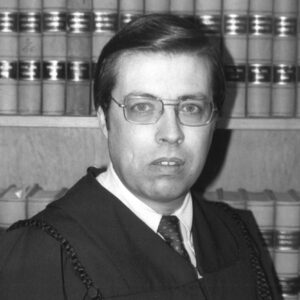 James R. Hannah
James R. Hannah
Gender: Male
 James R. Hannah
James R. Hannah
Hannah, James Robert (Jim)
Hansen, Bill
aka: William Hansen
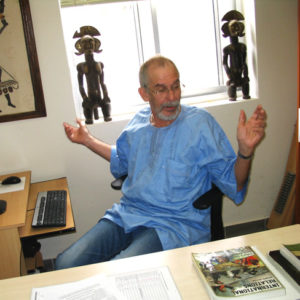 Bill Hansen
Bill Hansen
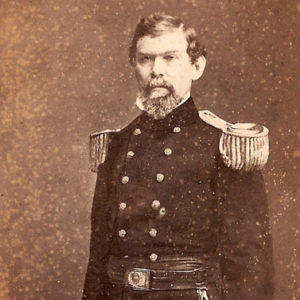 William Joseph Hardee
William Joseph Hardee
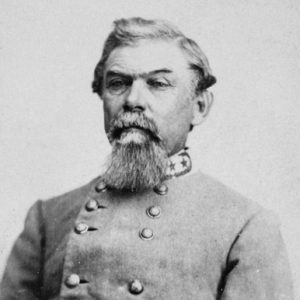 William J. Hardee
William J. Hardee
Hardee, William Joseph
Hardin, Joseph Carrol
Hardin, Louis Thomas “Moondog”
aka: Louis T. Hardin
 Lu Hardin
Lu Hardin
Hardin, Will H. (Lynching of)
 Arthur Harding
Arthur Harding
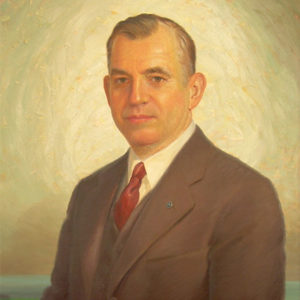 Arthur Harding
Arthur Harding
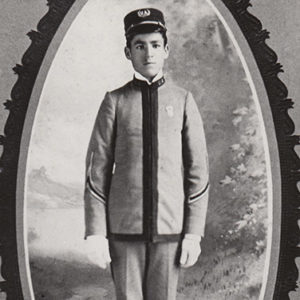 Arthur Harding Cadet Medal
Arthur Harding Cadet Medal
Harding, Arthur McCracken
Harding, Dexter
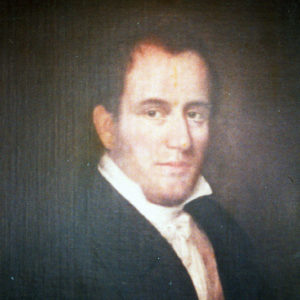 Dexter Harding
Dexter Harding
 Dexter Harding
Dexter Harding
 Dexter Harding's Tombstone
Dexter Harding's Tombstone
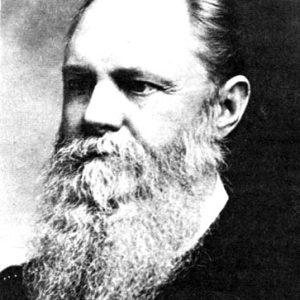 James Harding
James Harding
Harding, Thomas, III
Hardison, T. W.
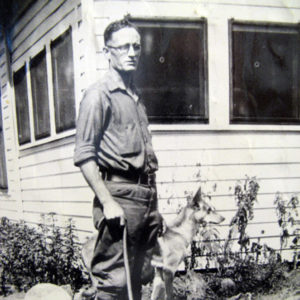 T. W. Hardison
T. W. Hardison
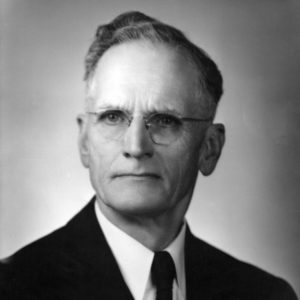 T. W. Hardison
T. W. Hardison
Hargis, Billy James
Harington, Donald
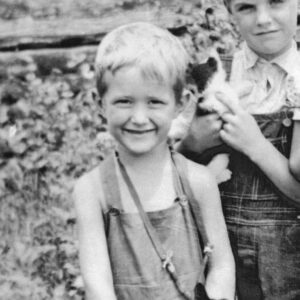 Young Donald Harington
Young Donald Harington
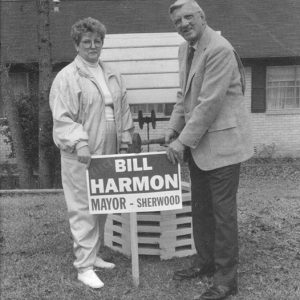 Bill Harmon
Bill Harmon
Harper, Charles Augustus (C. A.)
Harper, John (Execution of)
Harrell, Calvin F., Jr.
Harrington, M. R.
aka: Mark Raymond Harrington
Harris, Carey Allen
Harris, Carleton
Harris, Carroll Wayne “Thumper”
Harris, Clifford Allen (Cliff)
Harris, E. Lynn
aka: Everette Lynn Harris
 E. Lynn Harris
E. Lynn Harris
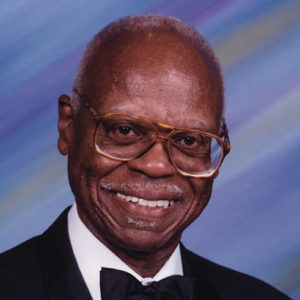 Ernest Harris
Ernest Harris
Harris, Ernest James
Harris, Frank (Lynching of)
Harris, George (Lynching of)
Harris, Gilbert (Lynching of)
Harris, Jack (Lynching of)
Harris, Oren
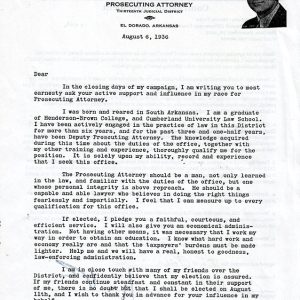 Oren Harris Campaign Letter
Oren Harris Campaign Letter
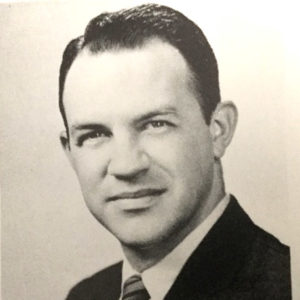 Cleveland Harrison
Cleveland Harrison
Harrison, Allie Cleveland
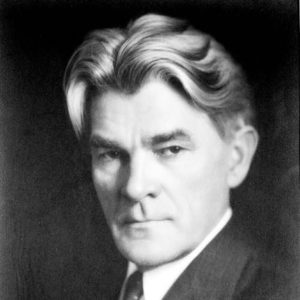 Harvey Thomas Harrison
Harvey Thomas Harrison




